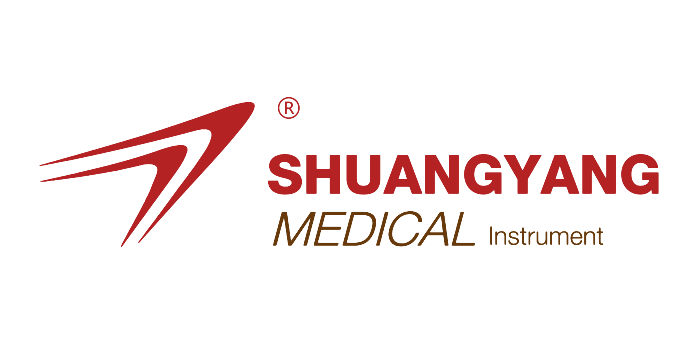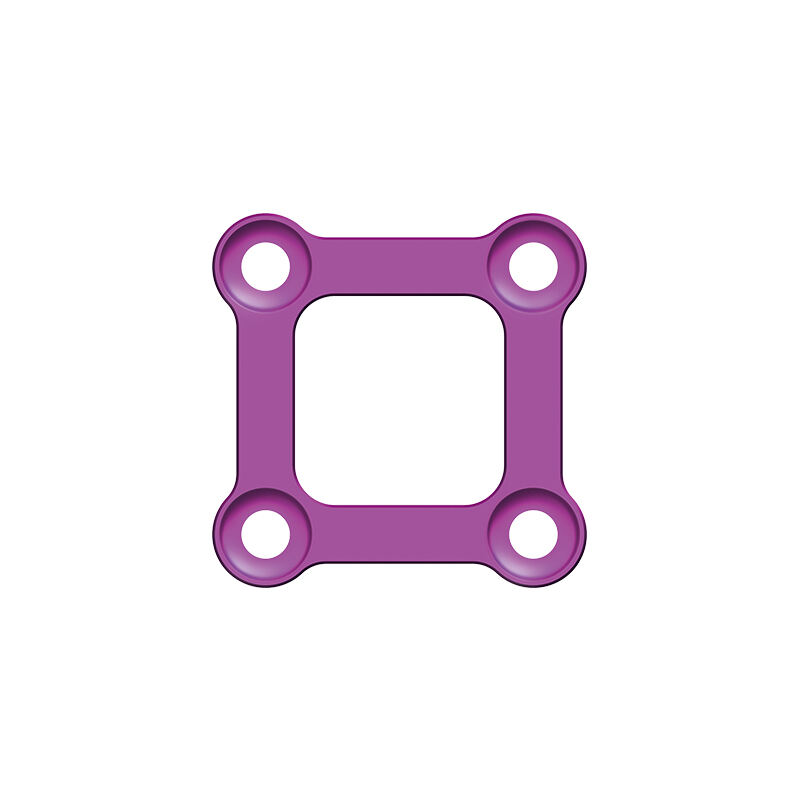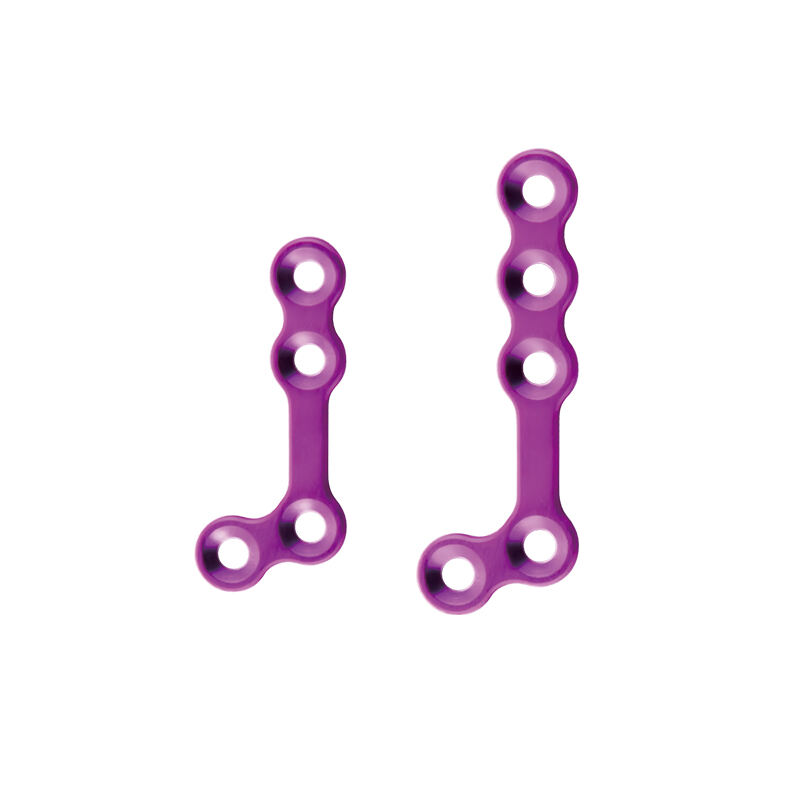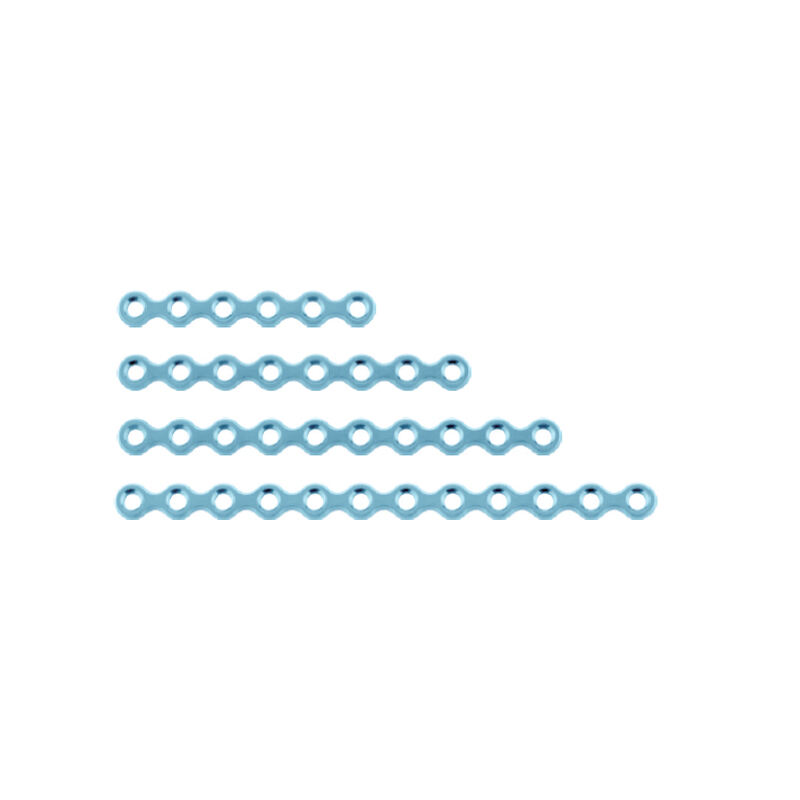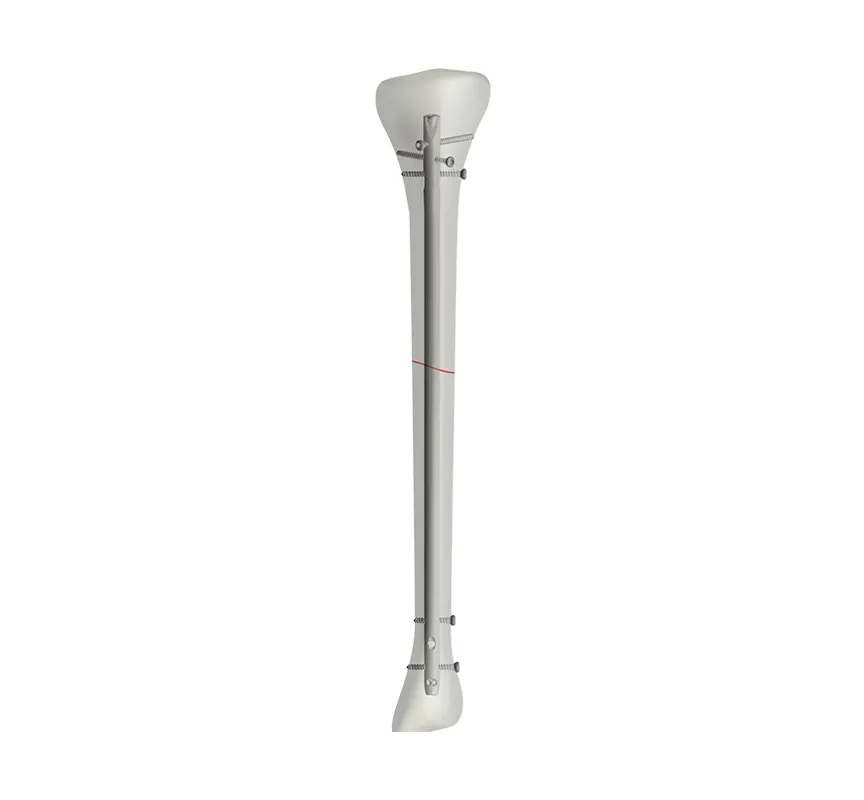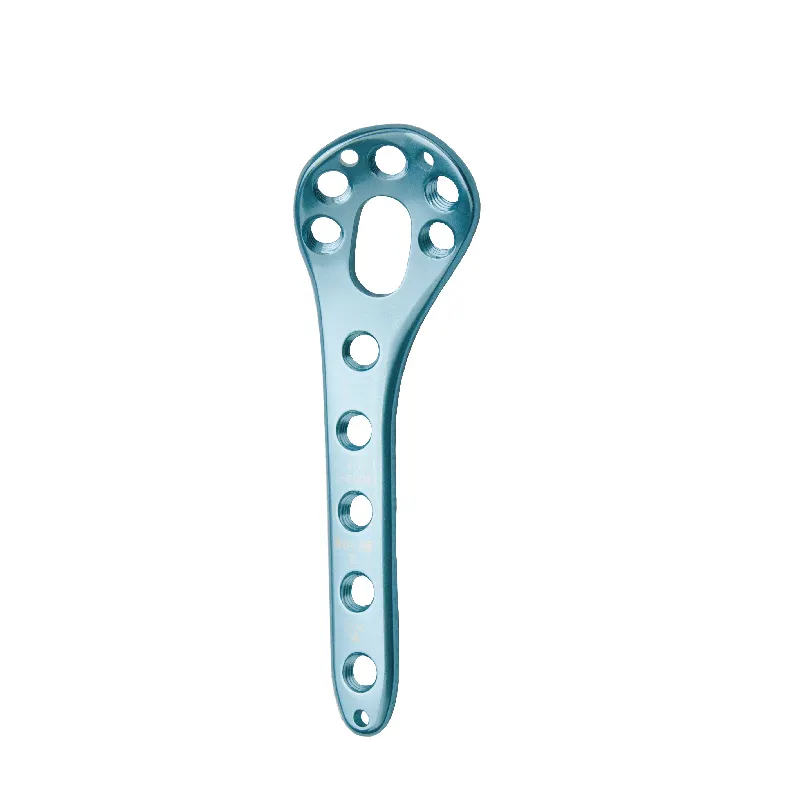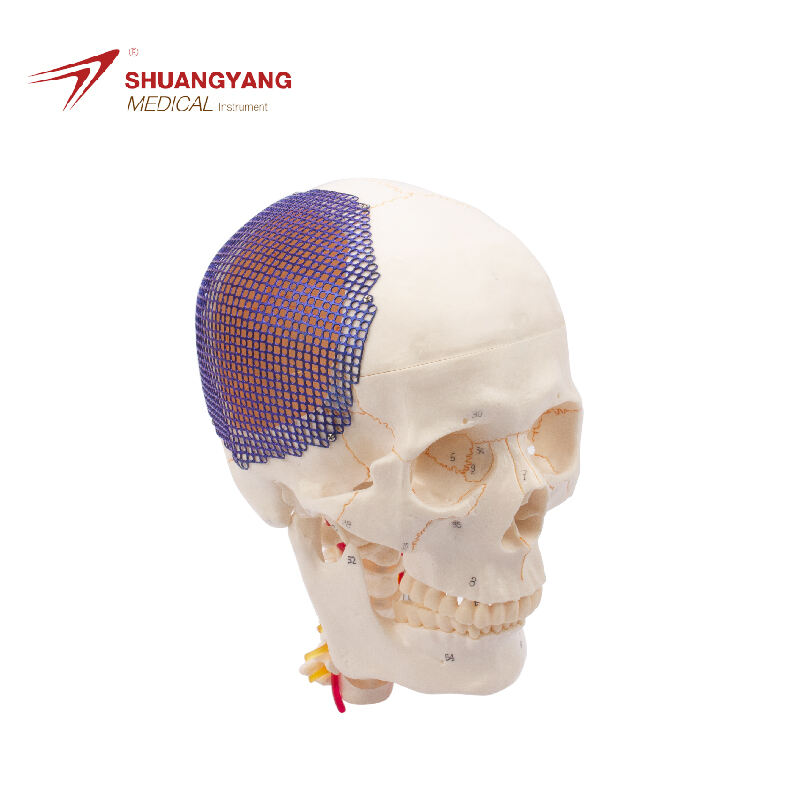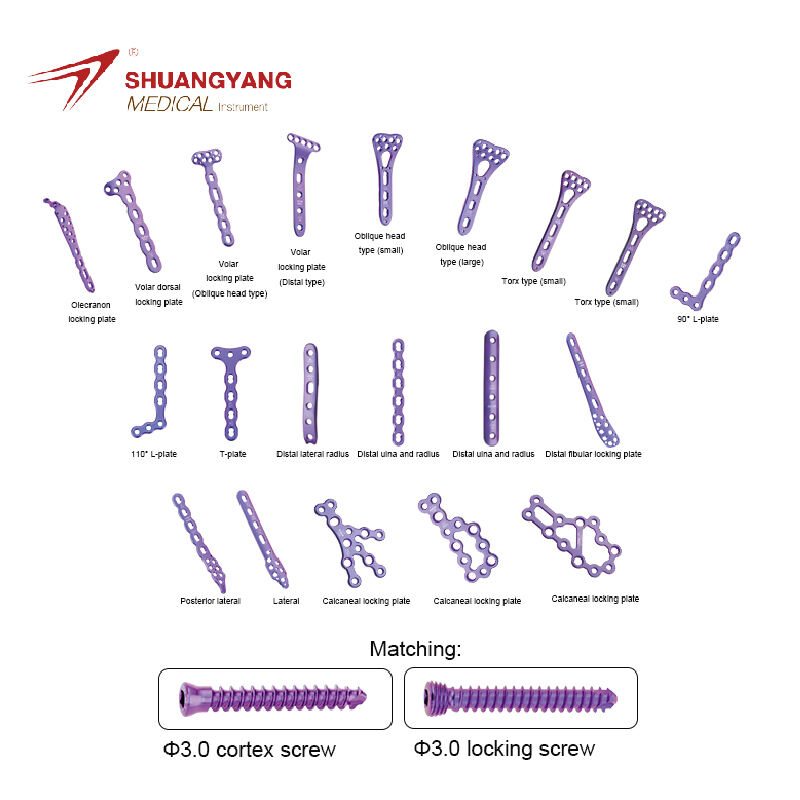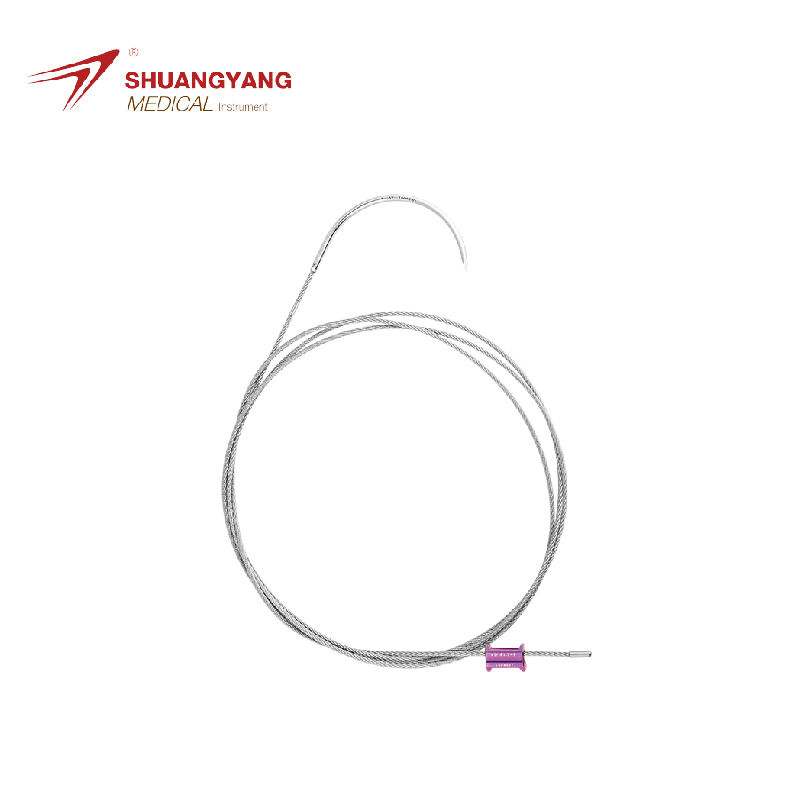femur nail
The femur nail is a medical implant designed to stabilize fractures of the femur, or thigh bone. Its main functions include supporting the bone while it heals and restoring mobility to the patient. Technological features of the femur nail include a hollow, cylindrical design made from biocompatible materials like titanium, which allows for minimal insertion trauma and better integration with the bone. The nail is inserted into the medullary cavity of the femur through a small incision, reducing the risk of infection and soft tissue damage. Its applications are diverse, from high impact injuries in athletes to osteoporotic fractures in the elderly, making it an essential tool in orthopedic surgery.
 EN
EN
 FR
FR
 ES
ES
 AR
AR
